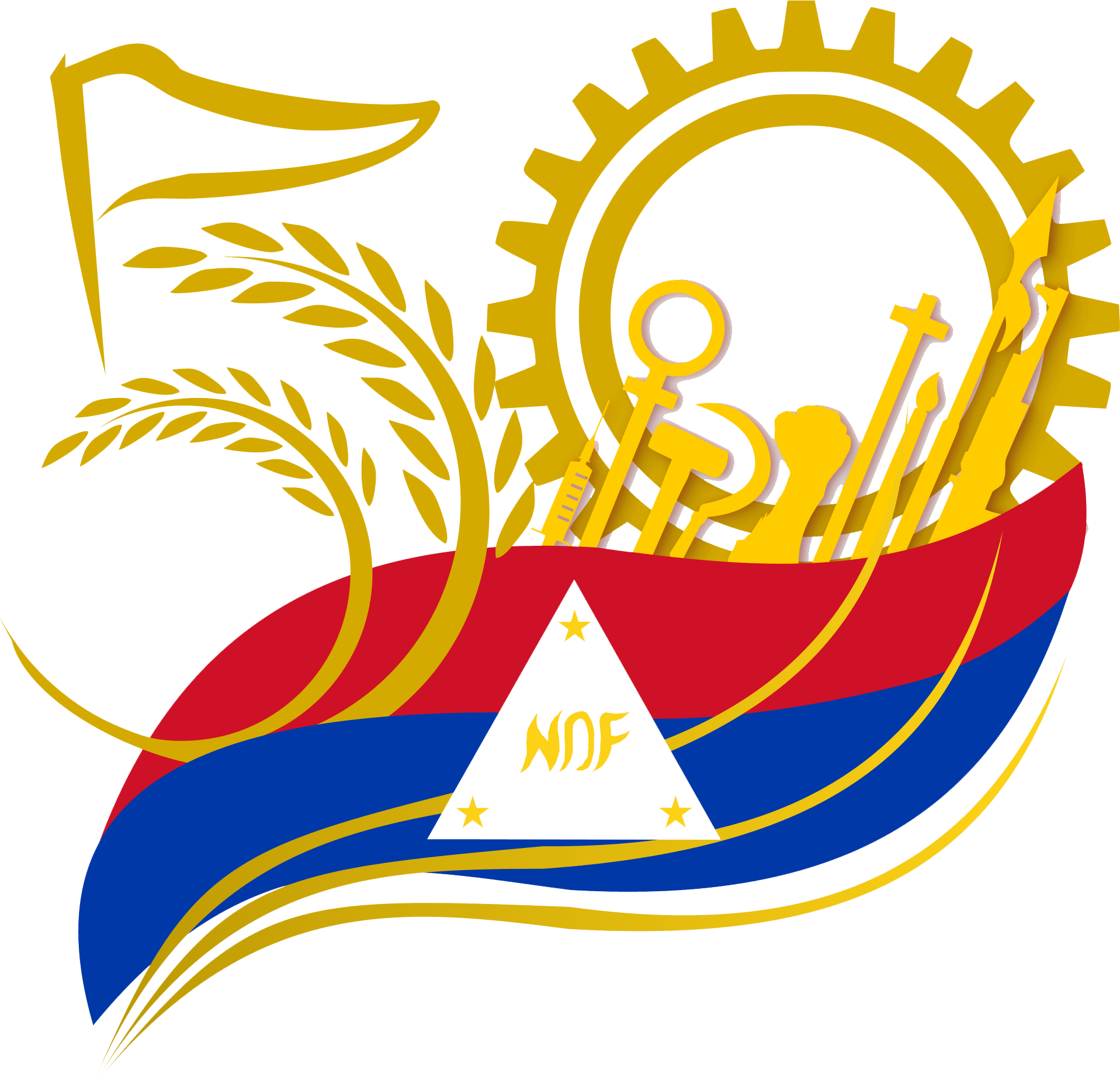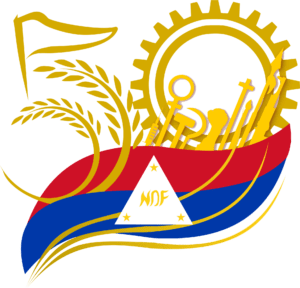Our forefathers waged hundreds of armed uprisings against the Spanish invasion and colonial rule. The greater part of Mindanao and the Cordilleras were never subdued by the Spanish conquistadores due to the fierce and able resistance of the people. In 1896, the Katipunan launched a national and democratic revolution which became the first anticolonial struggle in Asia to win victory. However, the United State intervened and carried out a war of aggression, starting in 1899, in order to deprive the Filipino people of their national freedom.
The Filipino people valiantly fought against the vastly superior US military force. The United States was able to impose its rule on the whole Philippines by combining barbaric repression to crush the patriotic resistance with a policy of deception and cooptation. The ilustrado leadership, bourgeois liberal in ideology, capitulated to the new colonizer. And the local exploiting classes became the agents of an imperialist master which doled out economic and political favors to them.
The country’s economy was tied to the US through a colonial pattern of production and trade. It served as a source of cheap raw materials and an importer of finished products. This immensely benefited the big compradors and landlords but stunted domestic industrialization and perpetuated a backward agricultural economy. All throughout US colonial rule, the toiling masses of workers and peasants and the patriotic intellectuals voiced their opposition and waged struggles for the realization of their national and democratic aspirations.
The decade of the 1930s saw the emergence of two major organizations that sought to combine the fight for national independence with the struggle for fundamental social change. The Communist Party of the Philippines (CPP), founded in 1930, led the rapidly growing labor movement. In 1932 the Socialist Party of the Philippines (SPP) was organized and gave the peasant movement new vigor. Calling for national independence, social justice and land reform, the radical workers and the organized peasantry joined hands.
When World War II broke out, these forces rallied and mobilized the people to wage a vigorous guerrilla struggle against the Japanese invaders. The Hukbong Bayan Laban sa Hapon (Hukbalahap) led by the merged CPP-SPP played a major role in the armed resistance. Because they had armed power, the people were able to set up local resistance governments and carry out land reform.
But, owing to the purely anti-Japanese line taken by the leadership and further misled by the slogan of “peace and democracy”, the revolutionary forces and people were unprepared for—and were thus unable to resist—the violent restoration of the rule of the US imperialists and their landlord-comprador puppets. Consequently, the people lost the armed political power they had won.

